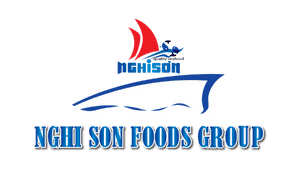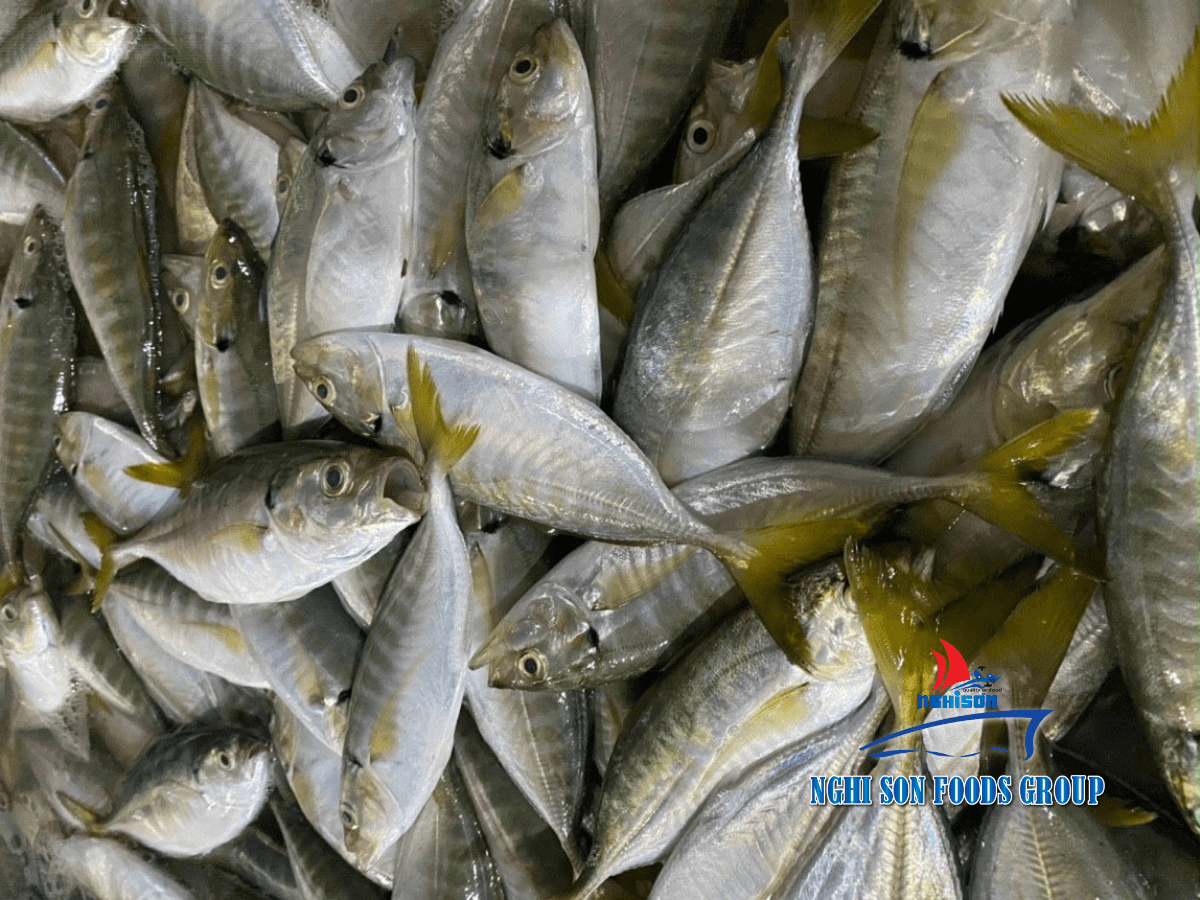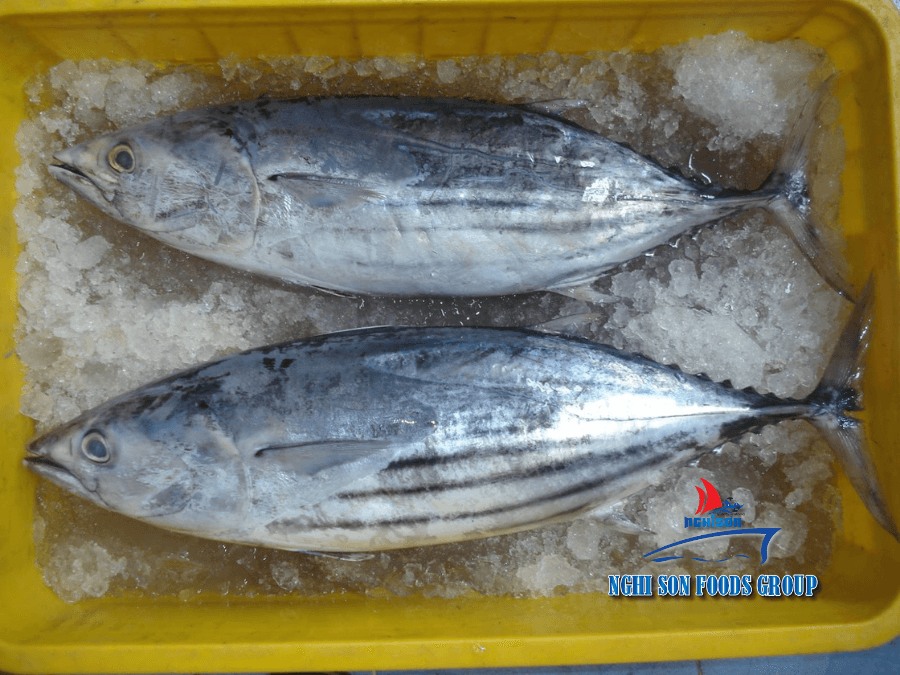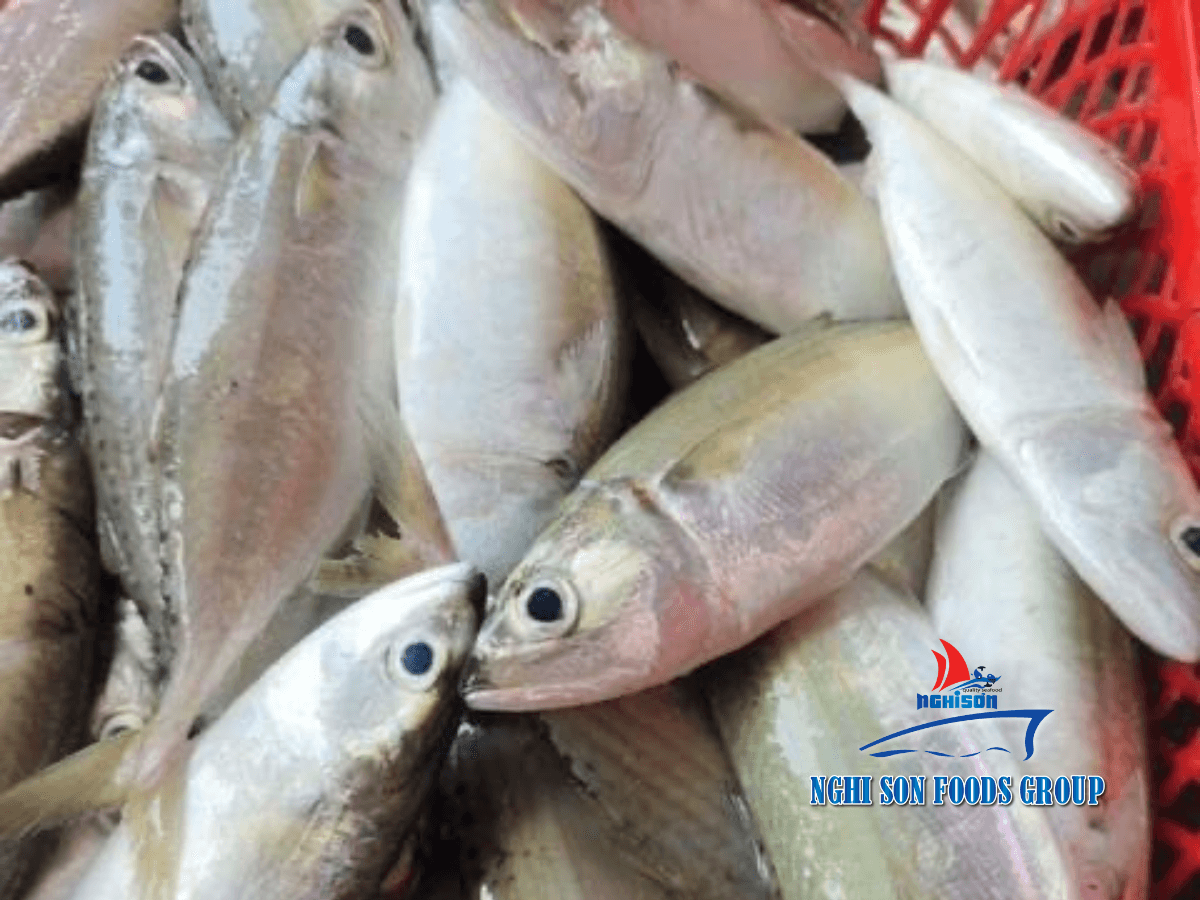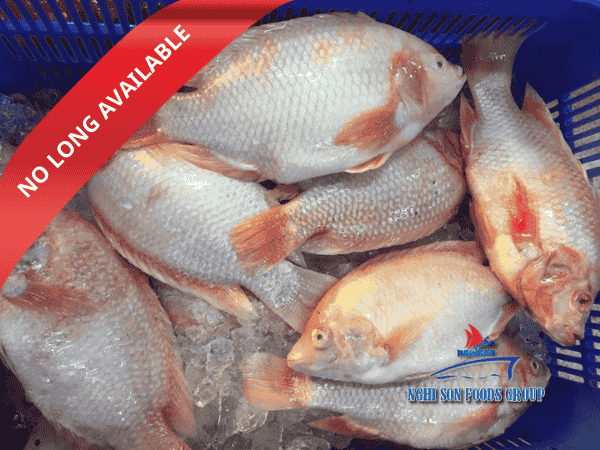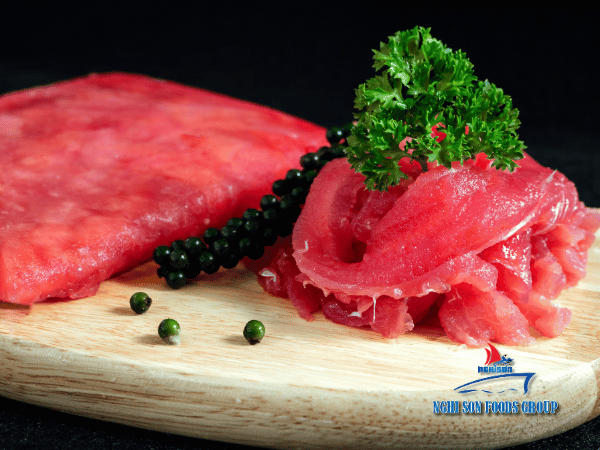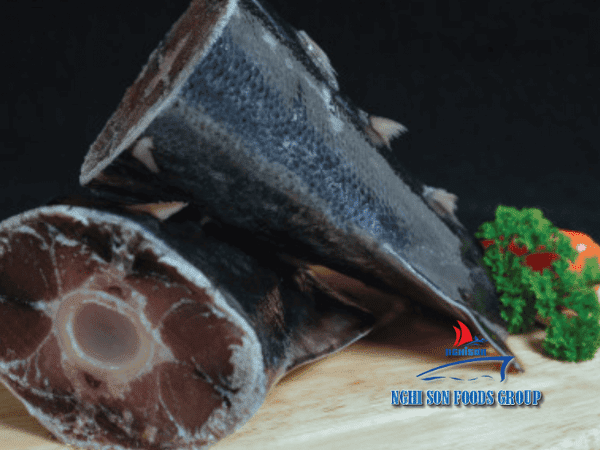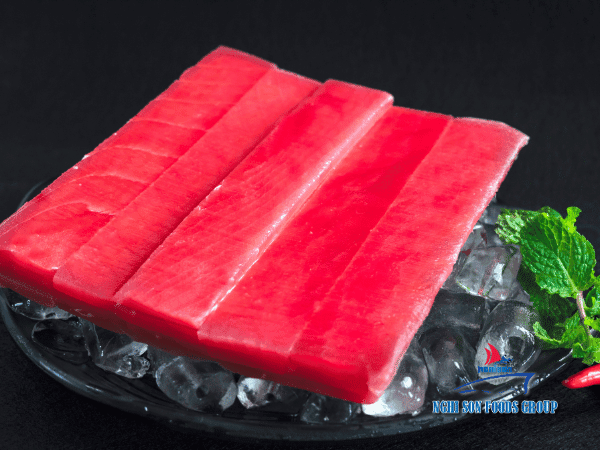The United States is a significant market for tuna products, offering lucrative opportunities for exporters worldwide. However, to successfully penetrate this market, businesses must adhere to a stringent set of regulations designed to ensure the safety, quality, and sustainability of imported seafood. This guide provides a detailed overview of the US tuna import regulations, helping exporters navigate the complexities of the US market.
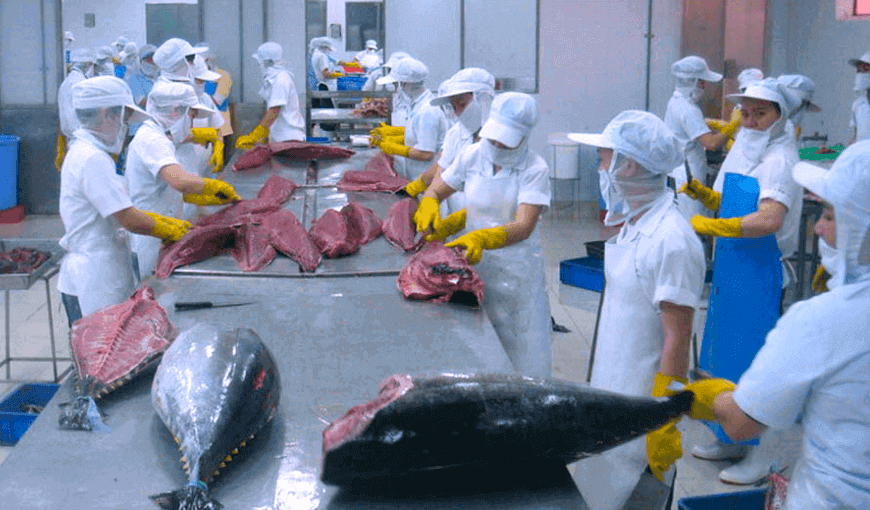
Table of Contents
ToggleFood Safety Regulations
- FSIS Standards: All tuna products imported into the US must comply with the standards set by the Food Safety and Inspection Service (FSIS). These standards cover various aspects of food safety, including handling, processing, and labeling.
- HACCP: The Hazard Analysis and Critical Control Point (HACCP) system is mandatory for seafood processing facilities. It requires businesses to identify, assess, and control hazards that can cause foodborne illness.
- Residue Limits: The FDA sets maximum residue limits (MRLs) for various chemicals and contaminants in seafood. Tuna exporters must ensure that their products fall within these limits.
Origin Verification and Traceability
- Chain of Custody: Exporters must be able to trace their tuna products from the point of harvest to the point of sale. This includes maintaining records of fishing vessels, processing facilities, and shipments.
- Combatting Illegal, Unreported, and Unregulated (IUU) Fishing: The US has strict regulations to prevent seafood from being harvested through illegal, unreported, or unregulated fishing practices.
Labeling Requirements
- English Language: All labels on tuna products must be in English and must accurately describe the product.
- Country of Origin: The country of origin must be clearly stated on the label.
- Ingredients: All ingredients must be listed in descending order of predominance.
- Net Contents: The net weight of the product must be accurately declared.
Import Process and Documentation
- Documentation: Required documents include a health certificate, commercial invoice, packing list, bill of lading, and proof of origin.
- Port of Entry: Upon arrival in the US, tuna shipments are inspected by US Customs and Border Protection (CBP) and the FDA.
- Import Permit: In some cases, an import permit may be required, especially for shipments of tuna that are subject to specific regulations or quotas.
Common Challenges and Mitigation Strategies
- Non-compliance: Failure to comply with US regulations can result in product rejection, fines, and damage to a company’s reputation.
- Market Access Barriers: Tariffs, quotas, and technical barriers to trade can pose challenges for exporters.
- Fluctuating Market Conditions: Changes in consumer demand, trade policies, and economic conditions can affect market access.
Opportunities and Supporting Organizations
- Growing Demand: The US market for sustainable and high-quality seafood continues to grow.
- Free Trade Agreements: Free trade agreements between the US and other countries can provide preferential market access.
- Industry Associations: Organizations like the National Fisheries Institute (NFI) and the Seafood Nutrition Partnership provide valuable resources and support for the seafood industry.
Case Studies: Successful Tuna Exporters to the US
To better understand the challenges and opportunities of exporting tuna to the US, let’s examine a few case studies of successful Vietnamese tuna exporters:
- Company A: This company has achieved significant success by focusing on high-quality, sustainable tuna products. They have invested in certifications like ASC and MSC to demonstrate their commitment to responsible fishing practices.
- Company B: This company has built a strong reputation for its innovative tuna products, such as ready-to-eat tuna salads and tuna burgers. They have targeted niche markets within the US and successfully differentiated their products.
Tips for Successful Tuna Export to the US
- Build Strong Relationships: Establish relationships with US importers, distributors, and retailers. Attend trade shows and industry events to network with potential partners.
- Understand Consumer Preferences: Stay updated on trends and preferences in the US tuna market. Consider conducting market research to identify consumer needs and preferences.
- Focus on Quality and Sustainability: Emphasize the quality and sustainability of your tuna products. Certifications like ASC and MSC can enhance your brand’s reputation.
- Comply with Regulations: Ensure strict compliance with all US import regulations, including food safety, labeling, and traceability requirements.
- Diversify Your Product Line: Offer a variety of tuna products to cater to different consumer preferences and market segments.
- Consider Value-Added Products: Explore opportunities to add value to your tuna products through processing, packaging, or marketing.
- Build a Strong Brand: Invest in branding and marketing to create a recognizable and trusted brand in the US market.
Future Trends in the US Tuna Market
- Sustainability: Consumers are increasingly demanding sustainable seafood products. Investing in sustainable fishing practices and obtaining certifications like ASC or MSC can give your products a competitive advantage.
- Health and Wellness: There is a growing trend towards healthy and nutritious food options. Promoting the health benefits of tuna, such as its high protein content and omega-3 fatty acids, can attract more consumers.
- Innovation: Continuously innovate your products to meet evolving consumer preferences. This could include developing new flavors, packaging formats, or value-added products.
- E-commerce: Leverage e-commerce platforms to reach a wider audience and build direct relationships with consumers.
Conclusion
The US tuna market offers significant opportunities for Vietnamese exporters. By understanding and complying with US regulations, building strong relationships, and focusing on quality and sustainability, Vietnamese businesses can successfully penetrate this market and achieve long-term success.
Remember to:
- Stay updated: Keep up-to-date with the latest regulations and market trends.
- Network: Build relationships with importers, distributors, and industry experts.
- Invest in quality: Focus on producing high-quality, sustainable tuna products.
- Be patient: Building a successful presence in the US market takes time and effort.
